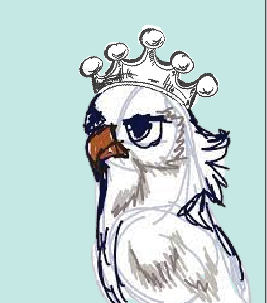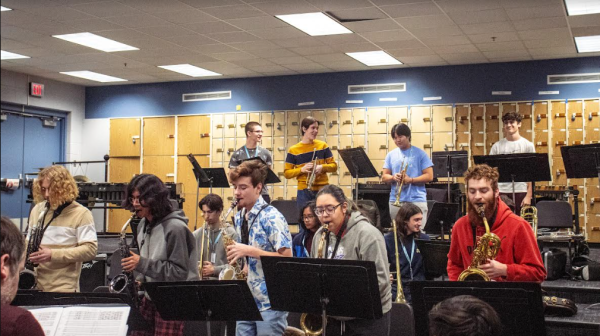Back to school blues
Coming back to school after a break is never easy. After two weeks of academic freedom, stagnant energy flows throughout the halls of Perry Meridian High School. Students walk into the building when it’s pitch black outside and walk out when the days are almost over. As the days get shorter and darker, so do many teenage brains.
Seasonal affective disorder, also known as seasonal depression or S.A.D., is triggered by the change of the seasons and most commonly begins in the late fall. According to the Cleveland Clinic, symptoms of seasonal depression include sadness, lack of energy, loss of interest in usual activities, oversleeping as well as weight gain, and may be affecting students without them even knowing.
While S.A.D. may seem as simple as feeling blue during the colder months, it is more than that and recognized as a proper form of depression. Seasonal affective disorder can be diagnosed by a medical provider, and luckily there are treatments to help. They include light therapy, antidepressants, cognitive behavioral therapy and vitamin D.
Even though these treatments exist, the best advice on staying sane this winter is to remain active and social. This can include partaking in physical activity, going out with friends and family, eating a well-balanced meal and going outside. When all else fails, there is always someone that you can talk to whether that be a trusted adult in the building, a counselor or a friend. We’re all in this together.













